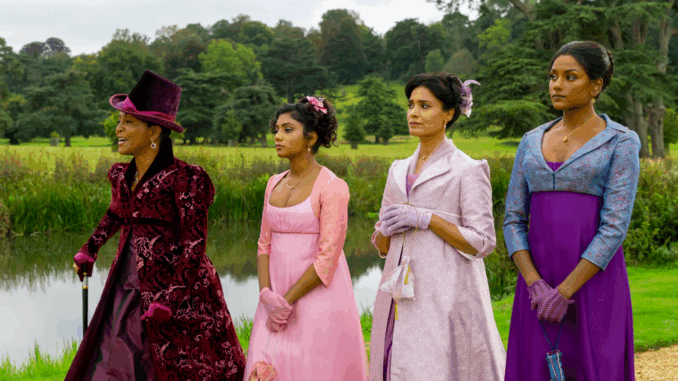
Taylor Swift in a Ballroom? It Shouldn’t Work—But It Does.
From the first moment Ariana Grande’s “thank u, next” floated through a Regency ballroom in Season 1, Bridgerton made a promise: this wouldn’t be your grandmother’s period drama.
Since then, Bridgerton has redefined the use of music in television—transforming string quartet covers of modern pop into an emotional language all its own.
But why does it work so well? And what does it say about how we connect across eras?
Bridging Centuries Through Sound
Music is always about emotion. What Bridgerton does brilliantly is translate the familiar feel of pop music into the emotional grammar of the past.
A string version of Billie Eilish’s “Bad Guy” during a tense waltz? It’s cheeky, yes. But it also underlines the danger, desire, and darkness beneath those polite glances.
In Season 3, covers of “Snow on the Beach,” “Yellow,” and “Give Me Everything” serve not just as mood-setters but emotional subtitles. They say what the characters can’t.
You don’t need lyrics. You just need memory.
Soundtracking Longing
Ballroom scenes in Bridgerton are never just about dancing. They’re often the only moments where characters can express themselves—within rules, traditions, and rhythms.
Music becomes a secret code.
A first dance to a modern love song, stripped down to violins, carries weight because the audience knows the original words—even if the characters don’t.
The result is a layered, aching nostalgia—for things we never lived, but somehow remember.
